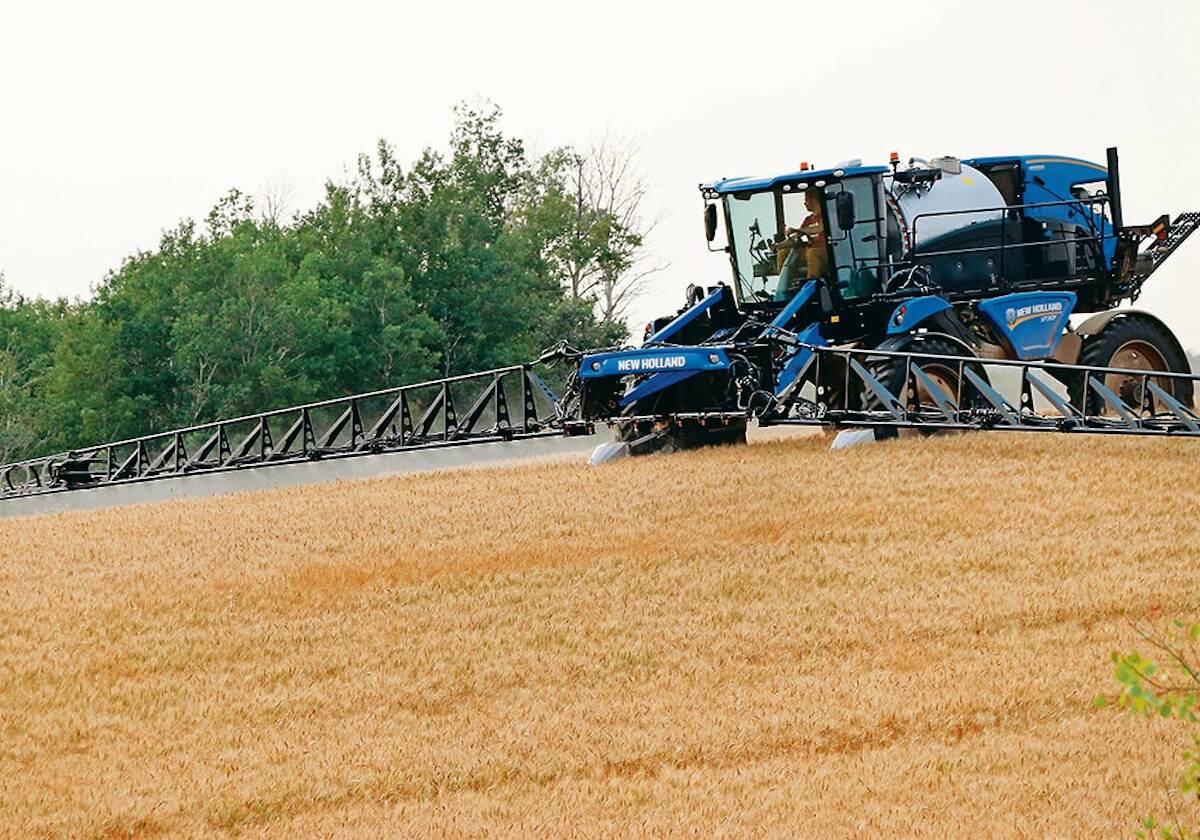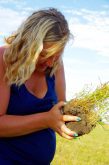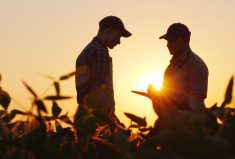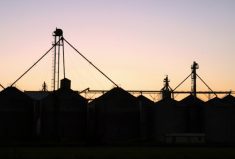What is our country’s relationship with its indigenous citizens going to be in the coming years?
This is an important question and probably more important to you than many.
First Nations communities are predominantly rural and frequently are your neighbours. But as a good friend of mine pointed out a while back, while following the coverage of the Truth and Reconciliation Commission’s report on residential schools, we’ve never wholeheartedly embraced this reality.
On both sides there’s been a long-entrenched us-versus-them world view. Rather than seeing each other with respect, there’s always been deep suspicion.
Read Also

Farming still has digital walls to scale
Canadian farms still face the same obstacles to adopting digital agriculture technology, despite the years industry and policy makers have had to break them down.
Just a few days ago this suspicion boiled over in a farmyard in Saskatchewan. None of us know exactly what happened there and it’s important to note the courts are now involved and will ultimately adjudicate. A farmer in his 50s has been charged with second-degree murder and Colten Boushie, a 22-year-old man from nearby Red Pheasant First Nation, is dead. The accused is presumed innocent until proven guilty in a court of law.
Here are the few facts we do have, mainly gleaned from RCMP releases. Boushie, a male cousin, their girlfriends and another male friend, had been swimming that day. During the journey home, their tire blew out and, running on the rim, then went to a nearby farmyard hoping to find help. While there, a verbal altercation broke out, a window of the crippled car was smashed and a shot was fired. Boushie, sitting in the rear seat with his girlfriend, was killed.
Contrast this situation and the public reaction to another equally tragic situation a few years earlier.
On June 20, 1999, a group of people unlawfully entered a farmyard near Trickle Creek, Alta., the home of a controversial figure known as Wiebo Ludwig. Ludwig was well known in the area for his long-running battle with the oil and gas industry, including allegations of sabotage. For local teenagers, entering the yard and driving erratically had apparently become an underground sport.
On this particular evening, the vehicle veered dangerously close to a tent where some of Ludwig’s daughters were camping on the front lawn, and shots were fired. When the RCMP arrived they found 16-year-old Karman Willis dead and 19-year-old Shaun Westwater with a gunshot wound. The gun was never recovered and charges were never laid.
What is interesting is the different way the local community perceived this situation. Despite the fact Willis and the others were clearly trespassing and there was a long-standing pattern of harassment, few it seemed ever doubted her status as a victim. As a newspaper article 10 years later said, “She should not have been out there, but she did not deserve to die for being out there.”
I agree. Clearly the penalties for trespassing in Canada don’t include death by firing squad.
Likewise, a young man didn’t deserve to die because he showed up in a farmer’s yard with a flat tire. Most of us never knew Colten Boushie. But truth be told, many of us have presumed he was guilty — of something — largely based on his heritage.
Worst was the online reaction to this situation, a toxic hate brew of celebratory racism, as evidenced by the Facebook group “Saskatchewan Farmers.” Here the initial reaction was to unquestioningly laud the actions of the landowner, cast aspersions on the character of the dead and even suggest the shooter’s only sin was to leave any witnesses left to tell the tale.
I have no doubt there are plenty of Saskatchewan farmers who aren’t members of this group and don’t share these views. In fact the National Farmers Union quickly issued a press release decrying the racism and expressing condolences to the Boushie family. That’s a good start and it would be good to see more farm groups add their voices to condemn this abhorrent behaviour.
But what’s going to be even more important is what happens in the future. Indigenous Canadians are a quickly growing demographic, especially in rural Western Canada. Can we really afford to retreat back into functional apartheid, thinking nothing but the worst of each other? Or would we all be be better served by taking a newer and more inclusive approach?
Indigenous people represent roughly 15 per cent of the population of Manitoba and Saskatchewan. They could be a vital and healthy part of our society. They could and should be our colleagues, employees and even employers.
Frankly if we can’t find a way to be more inclusive and approach them as full partners, I find it hard to see how in the end we can still have a functional society.
This is a pressing concern for all of us, indigenous and otherwise. Despite the way we may feel apart, we’re all in this together. These people are our neighbours — and I hope they might become our friends.



















